Other
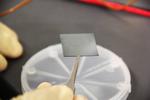
“Carnegie Mellon University’s Sheng Shen has created a solder-like material called supersolder, with twice the thermal conductivity of conventional solders and a compliance higher by two to three orders of magnitude. In electronics, solder is used to connect two …
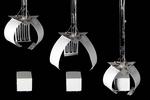
“One of the oldest, most versatile and inexpensive of materials — paper — seemingly springs to life, bending, folding or flattening itself, by means of a low-cost actuation technology developed at Carnegie Mellon University’s Human-Computer Interaction Institute. A thin layer of …

“Carnegie Mellon University Materials Science and Engineering Professor Michael Bockstaller and his team are working on ways for quantum dots, or nanoparticles created from a specific semiconductor, to self-assemble into organized patterns. The research may help improve the quality of …
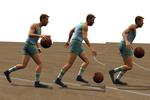
“Deep reinforcement learning makes basketball video games look more realistic Basketball players need lots of practice before they master the dribble, and it turns out that’s true for computer-animated players as well. By using deep reinforcement learning, players in …

“Associate Professor of Mechanical Engineering Rahul Panat has developed a revolutionary new method of fabricating battery electrodes using Aerosol Jet 3D printing. Additive manufacturing, otherwise known as 3D printing, can be used to manufacture porous electrodes for lithium-ion batteries—but …

“Carnegie Mellon University has announced a research partnership with Bossa Nova, the leading provider of real-time, on-shelf product data for the global retail industry, to develop and integrate artificial intelligence into service robots in retail stores nationwide. Carnegie Mellon University …

“New material improves brain-machine interfaces Chris Bettinger and his group have created a hydrogel material and fabrication process for electrodes that stick to the brain, matching its soft, squishy makeup in order to keep the body from rejecting electronic probes …
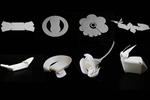
“CMU process takes advantage of a common printing defect Researchers at Carnegie Mellon University have used an inexpensive 3-D printer to produce flat plastic items that, when heated, fold themselves into predetermined shapes, such as a rose, a boat or …
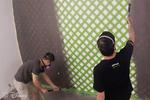
“Walls are what they are — big, dull dividers. With a few applications of conductive paint and some electronics, however, walls can become smart infrastructure that can sense human touch, detect gestures and detect when appliances are used. Researchers at Carnegie …

“CMU Researchers Foresee Machines Capable of On-Demand Knitting Carnegie Mellon University computer scientists have developed a system that can translate a wide variety of 3-D shapes into stitch-by-stitch instructions that enable a computer-controlled knitting machine to automatically produce those shapes …
